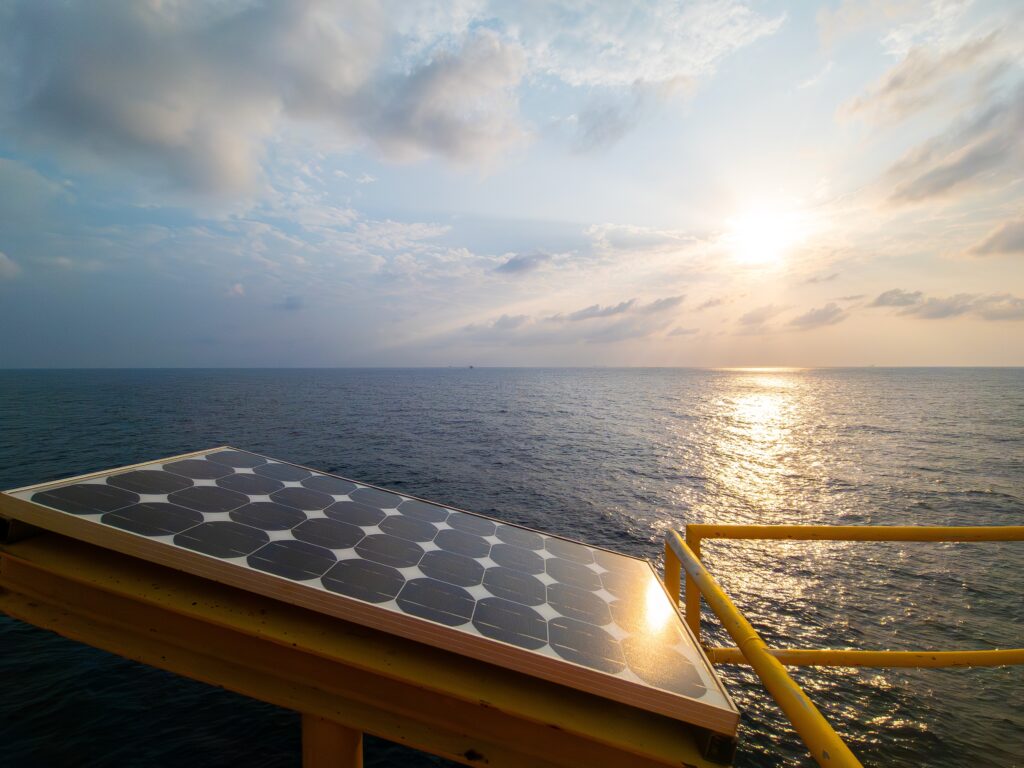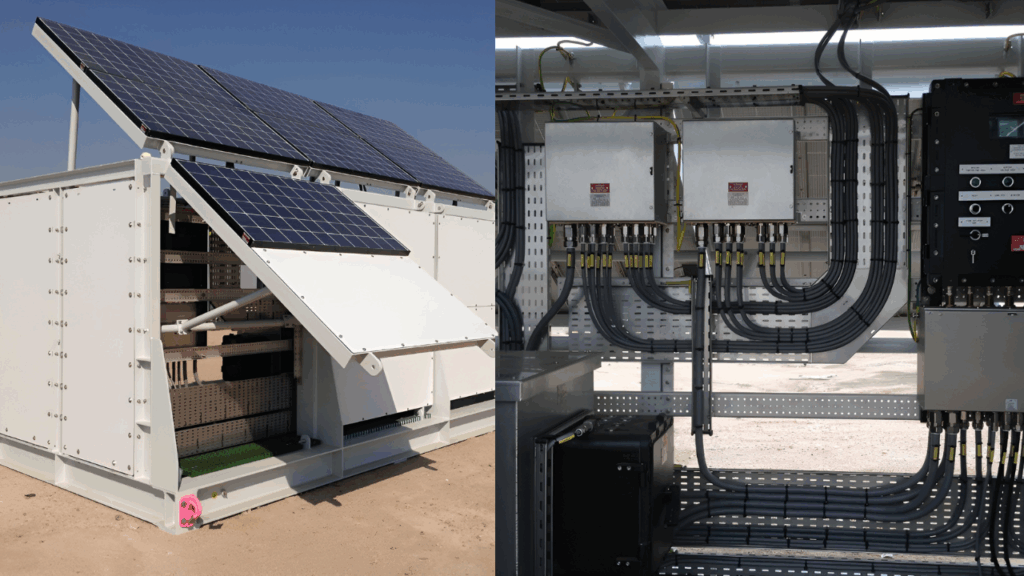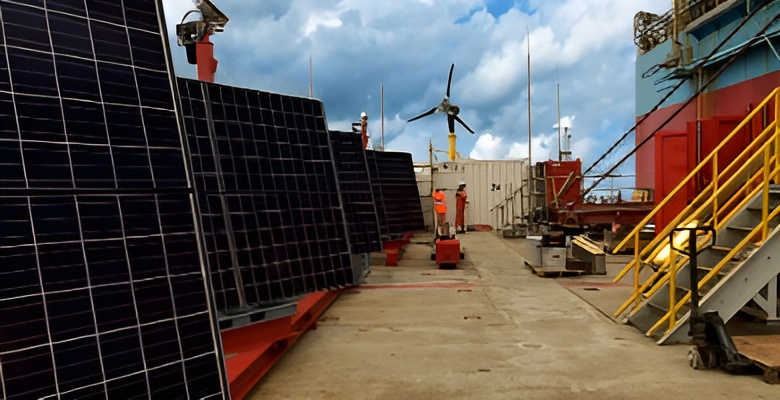
JCE Celebrates Innovation Award Win at Northern Star Business Awards
PRESS RELEASE JCE Energy Ltd., a specialist in off-grid power solutions for hazardous areas, has been awarded the prestigious Inspiration…
Pilot lights are essential visual indicators in industrial control systems, providing real-time status updates for machinery, electrical circuits and safety conditions. However, in hazardous areas- where explosive gases, mists, vapours or combustible dust are present – standard pilot lights are unsuitable. Instead, ATEX and IECEx-certified explosion-proof LED pilot lights are required to ensure compliance and safety.
How ATEX & IECEx Certifications Impact Pilot Lamps
ATEX and IECEx certifications ensures strict safety, design and operational requirements for pilot lamps used in hazardous areas. These include:
Key Properties of JCE’s Explosion-proof Pilot Lights
Construction & Materials
JCE’s pilot lights are built using high-quality materials designed for durability in harsh environments.

Hazardous Zone Classifications
JCE’s pilot lights are certified for use in explosive atmospheres, making them suitable for gas Zones 1 & 2 and dust Zones 21 & 22. They incorporate Ex db mb IIC Gb and Ex mb tb IIIC Db protection types and equipment groups, ensuring compliance.
Temperature Ratings
Designed to function in extreme conditions, these pilot lights can operate within a temperature range of -40°C to +60°C, making them ideal for a variety of industrial environments.
Ingress Protection
With an IP66 certification, JCE’s explosion-proof pilot lights offer excellent protection against dust and high-pressure water jets, ensuring reliability even in the harshest conditions.
Regulatory Compliance
JCE’s pilot lights meet the highest safety and compliance standards. They are certified under certificates TRAC12ATEX0033U and IECEx TRC 12.0014U and must be installed in accordance with the instructions.
Pilot Lights vs. Indicator Lights – what’s the difference?
While often used interchangeably, pilot lights and indicator lights serve different functions. The table below highlights key differences between the two:

Key Features of Explosion-proof LED Pilot Lights
Explosion-proof LED pilot lights incorporate several key safety features to ensure safe operation in hazardous locations. They include:
Why choose JCE Group’s PL Series Explosion-proof Pilot Lights?
Unmatched Quality & Compliance
JCE Group specialises in Ex d explosion-proof pilot lights, offering high-performance solutions tailored for hazardous environments. These pilot lights are built to withstand extreme industrial conditions, ensuring long-term reliability and full compliance with ATEX Directive and IECEx Scheme.
Built for Harsh Conditions
Unlike standard indicator lights, JCE’s pilot lights are specifically designed for hazardous areas. This makes them ideal for environments where explosive gases, dust and extreme temperatures are present. Each unit features robust stainless steel 316 construction for superior resistance to corrosion and impact. LED cluster technology provides high visibility even in daylight conditions, while the 100,000-hour lifespan minimises maintenance and replacement costs. The multi-coloured range includes white, green, amber, red, blue and yellow, ensuring compatibility with industry standards.
Advanced Safety & Compliance Features
JCE’s pilot lights come with a range of advanced safety features. They are IP66-certified, offering complete protection against dust and water. Certified for Zones 1, 2, 21 & 22, they meet high standards for gas and dust hazardous areas. These pilot lights are also fully compatible with JCE’s EJB series enclosures, ensuring seamless integration into industrial hazardous area control systems.
Reliable Stock & Fast Lead Times
JCE Group recognises the importance of minimising downtime. To ensure availability, we maintain a large stock of pilot lights, ready for Ex Works delivery and collection. This allows us to offer quick turnaround times and efficient supply chain solutions.

Supplying a bespoke solar power system for the South Ndola wellhead platform to support safe, reliable offshore energy.

Creating a Zone 2 certified solar power system to deliver safe, sustainable energy in hazardous offshore environments.

Developing a containerised hybrid power system to support critical operations with lower emissions and improved fuel efficiency.